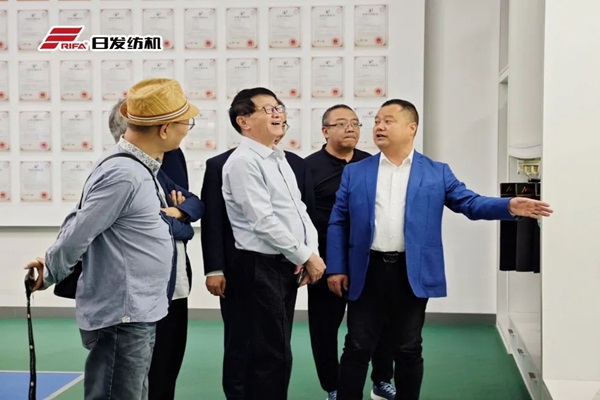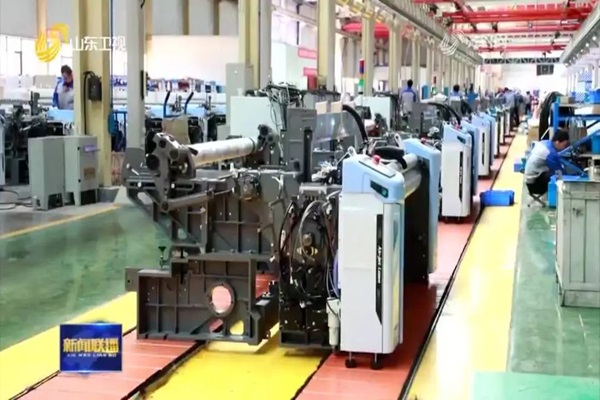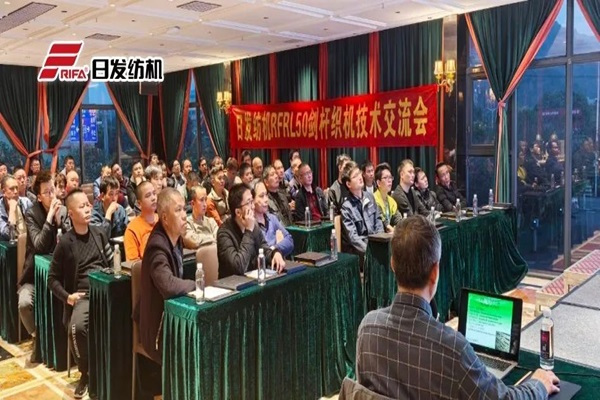En
Machine Specification | MK8 carding machine |
Raw Materials Fibers Length | 22-76mm |
Sliver Weight | 5~10g |
Installed Electrical Power | 12.72KW |
Consumed Electrical Power | 8.2Kw @ 90Kg./hour |
Dusting Extraction Volume | 4,200M3/H @ -750 Pa |
Compressed Air Consumption | 0.12m3/h |
Delivery Speed | Up to 400 m/min |
Production Rate | Up to 180Kg/Hr |
Auto leveling Systems | Short, Medium & Long Term |
Coiler and Automatic Can Changer | Linear type |
Item No. | Unit | Specification |
Can Specifications | mm | 600mm, 900mm, |
1000mm Diameter x 1050mm to 1300mm High | ||
Cylinder Speed | r/min | 425-900 |
Cylinder Diameter | mm | 1018 |
Doffer Speed | r/min | 40-120 |
Doffer Diameter | mm | 660mm |
Licker-In Speed | r/min | 660-1500 |
| Coiler Can Diameter | L1 | L2 | L3 |
| 600mm (24") | 1,005mm | 1,755mm | 1,170mm to 1,320mm |
| 900mm (36") | 1,345mm | 2,330mm | 1,170mm to 1,450mm |
| 1000mm (40") | 1,405mm | 2,380mm | 1,170mm to 1,620mm |

The large arc surface combing pioneered by Crosrol has been further improved to 245° on the MK8 and ensures 100% utilization of the effective combing area, which better enhances the combing effect of the spinning machinery during high production. Improved equipment operating efficiency and work reliability.

The maximum rotation speed of the cylinder can reach 900 rpm, which can provide higher surface linear speed and greater centrifugal force. The strong centrifugal force is more conducive to the lifting of fiber tail ends and the elimination of impurities so that the same carding effect can be achieved when the distance between the cover plate and the cylinder is large, greatly extending the service life of the card clothing.

The optimized 40-inch diameter cylinder takes into account the balance of centrifugal force, carding area, and surface linear speed so that high carding effects can be achieved without damaging the fibers and ensuring a large enough carding area. And it also has great advantages in terms of energy consumption.

The carding machine adopts a modular A-shaped frame design, which is strong and reliable. The main carding area keeps the passage clear; the A-shaped frame design was originally used on the MK8 series carding machine. The welded frame has good rigidity and can Provide stable support for the three carding elements;

Crosrol's movable cover frame is made of high-strength aluminum alloy die-casting parts and is equipped with strong-cast alloy ends. The cover frame is precision-machined by a machining center and multi-point hydraulic tooling to ensure that each cover plate tolerance is less than 0.012mm (0.0005”). The patented cover plate rolling bearing supports the heel and toe surface and never wears.

Carding, the core of the carding process occurs in the Carding section, where the fibers are further opened and aligned, this is acheived by the carding action generated between the Cylinder and the Flats (Stationary and Revolving), The fibres are combed by the multiple Flats to align and remove impurities from the fibre.

Feeding: Raw fibers, such as cotton or synthetic materials, are fed into the carding machine. This is typically done through a hopper feeder that ensures a consistent and even supply of fibers.

Cleaning: The fibers pass through a series of rollers and beaters that open and clean them. This process helps to remove impurities, such as dirt and short fibers, and begins to separate the individual fibers.

Cleaning: As the fibers pass through the carding section, they are aligned parallel to each other. This alignment is crucial for producing a uniform and continuous web or sliver.

Cleaning: The aligned fibers are then condensed into a thin, continuous web. This web is collected on a doffer roller, which removes the fibers from the carding cylinder.

Sliver Formation: The web is then condensed further into a sliver, a thick, rope-like strand of fibers. The sliver is coiled into cans or other containers for easy handling and transport to the next stage of the textile manufacturing process.

Output: The final output is a uniform sliver that is free of impurities and ready for subsequent processes such as drawing, roving, and spinning.



